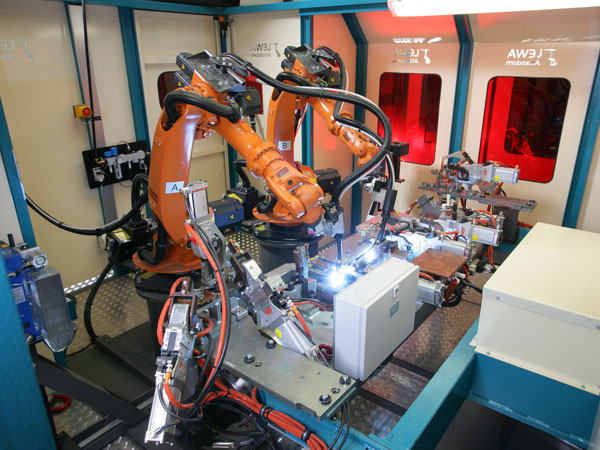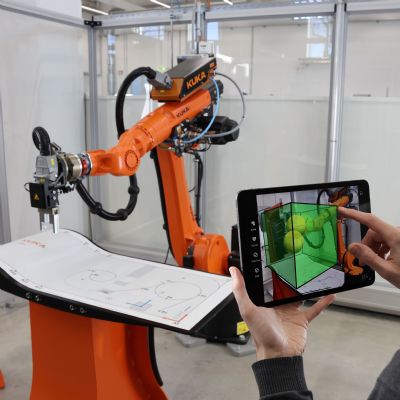Further, the skills inherent to “new-collar jobs” suit younger workers well, especially Gen Z (born between 1997 and 2012). The term new-collar workers, coined by IBM CEO Ginni Rometty, refers to those with a mix of technical and soft skills attained through nontraditional educational paths to work in technology industries. Attractive to Gen Z folks, and others: Workers responsible for programming and operating robots and other automation equipment earn higher-than-average starting pay, receive good benefits, and often do not need a 4-yr. degree.
Many educational institutions, including community colleges and vocational schools, already have developed programs to train a generation of new-collar workers on how to program and maintain automation equipment and robots. Similarly, some manufacturers have started to offer training programs to prepare new-collar workers on the job. GE, for example, has begun to train its welders to program robots. Its employees often tout the training as a way to learn new skills, retain their jobs and ease the burden of manual labor.
With a labor shortage and escalating demand putting pressure on the welding industry, manufacturers need to find innovative ways to create efficiency and improve productivity. While expanded recruitment efforts to reach a new generation of workers remain crucial, additional solutions such as implementing robots can help bridge the gap and improve the bottom line. MF
See also: KUKA Robotics Corp.
Technologies: Pressroom Automation, Welding and Joining








